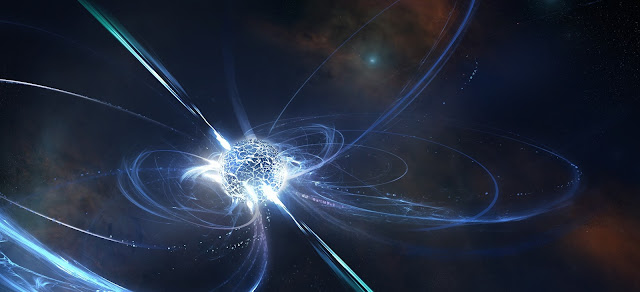Li-Fi, a revolutionary wireless data transfer technology.
Li-Fi, a revolutionary wireless data transfer technology
Wi-Fi was introduced to the masses in 1998, it gave us a wireless network which could transfer data
between devices. But it was discovered way back in 1992 by radio astronomer Dr. John O'Sullivan who was then working on his experiment of detecting exploding mini black holes which failed to achieve its goal, from its failure a revolutionary technology was born Wi-Fi.
Wi-Fi revolutionized the digital age, without it our mobile way of life might be some what different. Wi-Fi makes up 60% of global internet traffic. But even after so many years and minor updates its still not very reliable. The signals may drop from time to time and is not very secure because the
signals travel through walls and can be picked up by other devices. And the one to blame for these issues is the radio frequencies that are used to send and receive data. So in order to improve on Wi-Fi tech we must have develop a new technology which is cheap, safe and a robust way of data transfer.
 The answer to our problems is Li-Fi, Professor Harald Haas introduced it at his 2011 TED Global Talk where he introduced the idea of "Wireless data from every light", it transfers data using light waves rather than radio waves and is perfect as it’s a part of electro-magnetic spectrum same as radio waves but has a much higher frequency. This means that the waves which transfer the data cycle at a much higher rate than radio waves. Light even has a frequency range 10,000 times than that of radio waves, going upto 790 THz (TeraHertz) vs 300 GHz (GigaHertz) of radio waves, this means light can send large pulses of data at much faster rate.
The answer to our problems is Li-Fi, Professor Harald Haas introduced it at his 2011 TED Global Talk where he introduced the idea of "Wireless data from every light", it transfers data using light waves rather than radio waves and is perfect as it’s a part of electro-magnetic spectrum same as radio waves but has a much higher frequency. This means that the waves which transfer the data cycle at a much higher rate than radio waves. Light even has a frequency range 10,000 times than that of radio waves, going upto 790 THz (TeraHertz) vs 300 GHz (GigaHertz) of radio waves, this means light can send large pulses of data at much faster rate.Here is a video of Professor Harald Hass giving a demonstration of Li-Fi:
Professor Harald is willing to add this technology to smart phones and other daily devices to make high bit rate data transfer an ease in day to day life. You might think that if we need light to send or receive data then it may be a problem as we don’t want lights in our homes always on, well here’s where LED comes in, we can dime it to such levels that a human eye cannot detect it but the receiver does.
Well you may ask is they even feasible for real life applications, well scientists have got a speed of 10 GB/s in lab conditions while the world record internet speeds of South Korea are just 100 MB/s. And not only in labs but there are offices of Estonia which report average speeds of more than 1 GB/s 10 times less than lab conditions but way faster than or present Wi-Fi speeds.




Comments
Post a Comment